
BE THE FIRST TO KNOW
Subscribe to the Porto eCommerce newsletter to receive timely updates from your favorite products.
When it's time to replace or upgrade the carpet in your home, one decision can impact everything: should you install it yourself or hire a professional?
Both options have their benefits. A DIY carpet installation can help you cut down on labor costs and give you full control over the process. But it also takes time, patience, and the right tools to get it right.
Professional carpet installation delivers a faster, more polished result, especially in rooms with tricky layouts or heavy foot traffic. It also helps protect your investment, since many flooring warranties require professional work.
As with most home projects, the right choice depends on your budget, your skill level, and how much time and effort you want to invest. In this guide, we’ll break down the pros, cons, and real-life considerations behind DIY vs Professional Carpet Installation, so you can choose what’s best for your home.
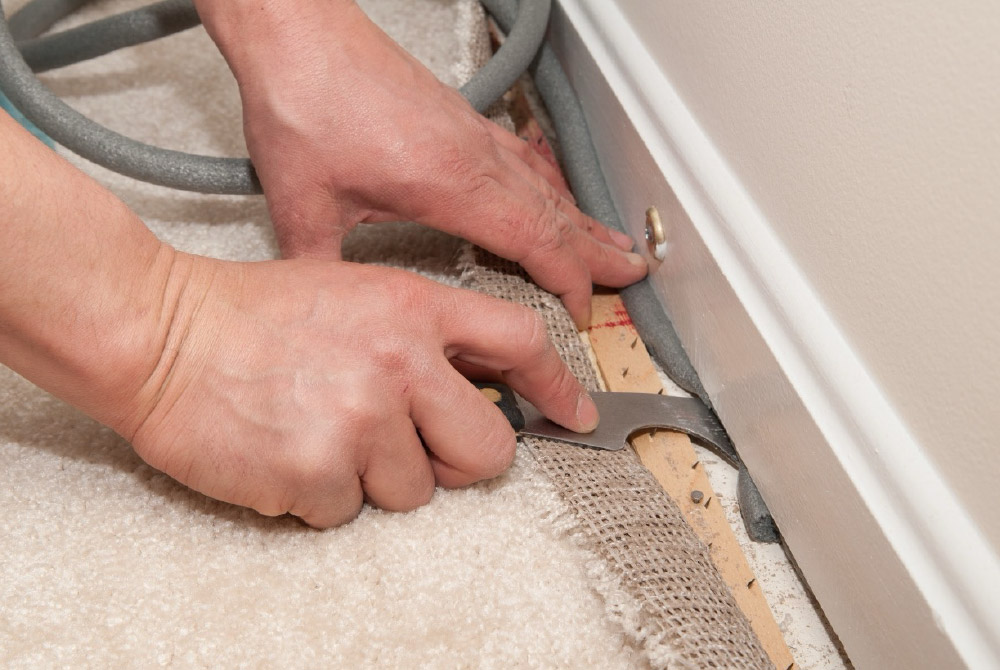

Yes, installing carpet yourself is possible. But it is not always easy.
If you are working with a small room and a simple layout, a DIY carpet installation can be a smart and affordable choice. You can work at your own pace, and if you enjoy home projects, it might even be fun.
That said, carpet installation is more complicated than just rolling out a rug. You need a plan, patience, and the right tools. A utility knife is not enough. You will also need a power stretcher, a knee kicker, and a seam iron if you want the carpet to fit tight and look clean.
If you skip those tools or try to guess your way through it, you may end up with bumps, loose seams, or a carpet that wears out too soon. And once a floor is poorly installed, fixing it usually means starting over.
That’s why many homeowners consider how much carpet they’re installing and the room layout before diving into a DIY approach. For larger areas, stairs, or tight corners, the job gets harder fast.
So, yes, DIY carpet installation is doable. But it’s definitely not a “just wing it” kind of task.
Choosing to install carpet yourself can be a smart way to save money, especially if you are comfortable handling tools and working through a project step by step. But it does come with its own set of challenges.
Before you start, you will need to remove the old carpet, prepare the floor, and carefully measure everything. Accuracy matters here. A small mistake early on can lead to a big problem later.
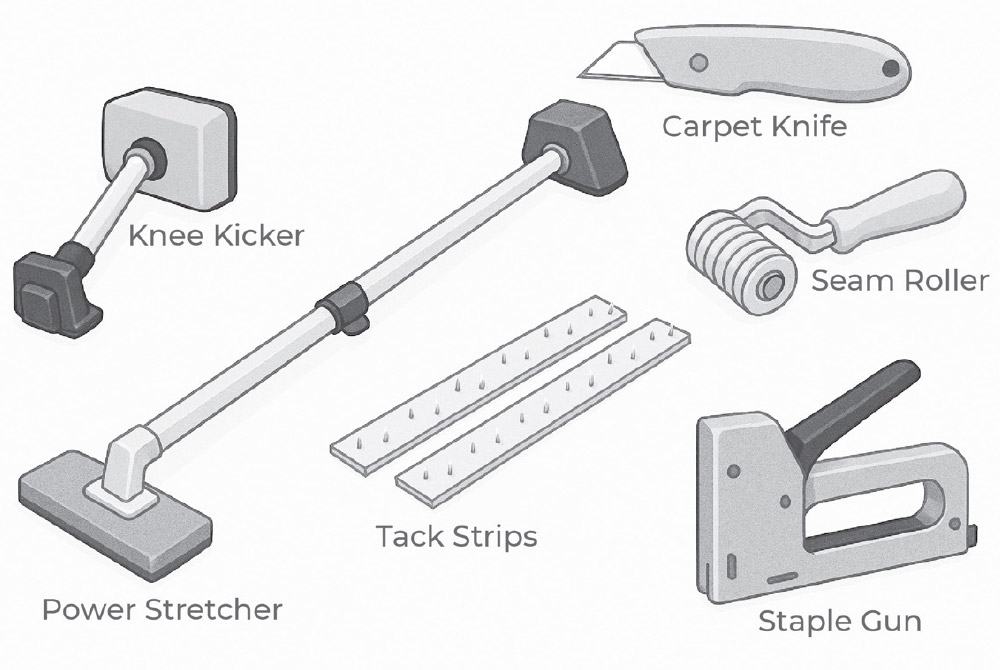
This is not a job you can finish with just a box cutter. You will need a few specialized tools for a proper DIY carpet install, including:
These tools can be pricey, but many hardware stores offer rentals. If you plan to do more projects like this in the future, it might be worth buying your own set.
One of the biggest reasons people choose DIY is to save on labor costs. If you already have some of the tools or can borrow them, you can keep your total budget low compared to hiring a full installation team.
But your time becomes a trade-off. What a professional installer can finish in a few hours might take you an entire weekend, or more especially if it’s your first time.
Don’t forget: mistakes can be expensive. If the carpet isn’t stretched properly or cut evenly, you might have to redo parts of the job or replace materials altogether.
DIY carpet installation can be a great option when the project is straightforward and you're confident in your skills. Just be sure to understand the steps, prepare properly, and know when it's better to bring in a pro.
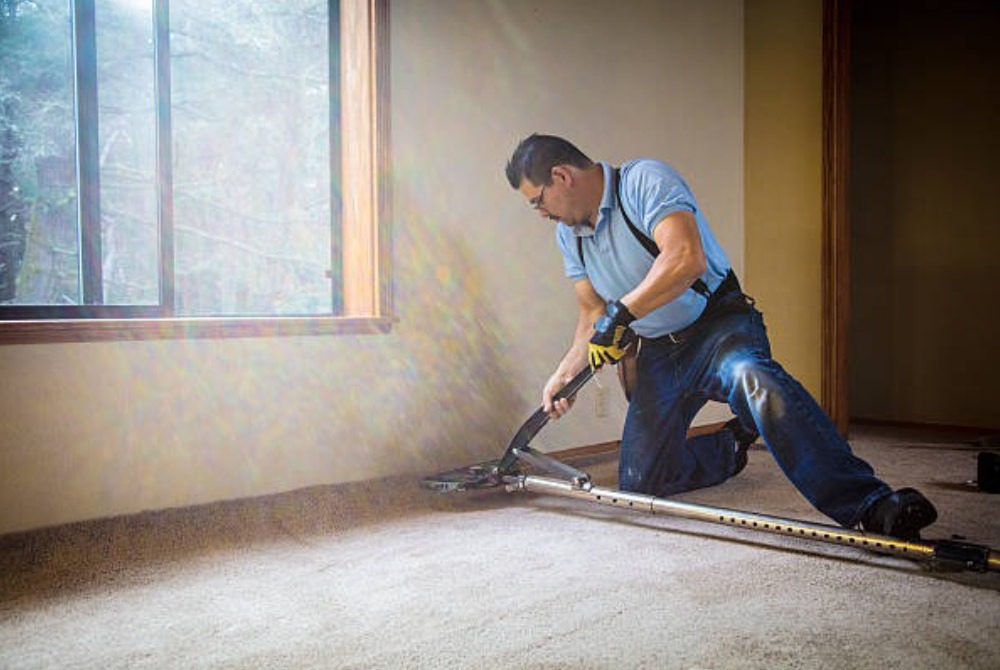
Hiring a professional to install your carpet is often the easiest way to get a clean, long-lasting finish. If you want the job done quickly and correctly, calling in a pro is usually the smart move.
Professional carpet installers bring the experience and tools needed to do the job right. They know how to work with every type of carpet, even in rooms with stairs, unusual shapes, or detailed patterns.
Homeowners often choose a professional when they want fast, hassle-free results. An experienced installer can often finish a full house in a single day. That kind of speed is hard to match if you're doing it on your own.
They also bring the right tools for the job. A professional will have a power stretcher, seam iron, and all the other gear needed for a tight, smooth fit. Most people do not have those tools at home, and they make a big difference in how the final result looks and holds up over time.

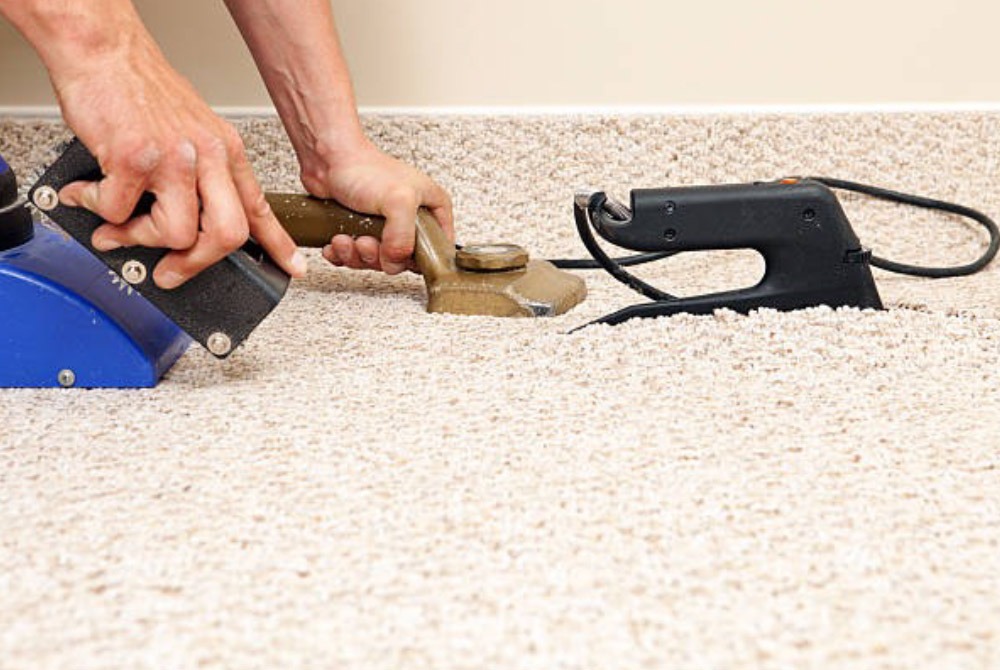
Their training helps them spot problems early, handle tricky layouts, and avoid mistakes that could lead to damage or wear later on. That kind of know-how is hard to match without experience.

Most installation services charge around $1 per square foot, depending on the type of carpet, floor layout, and region. That price includes labor, tools, and often a warranty on the work.
While professional carpet installation costs more up front compared to a diy carpet install, you get more value in return: faster turnaround, cleaner results, and fewer headaches.
Professional carpet installation is a smart choice for anyone who wants a reliable, polished result. If your time is limited or you are working with premium materials, hiring an experienced installation team may be the better option.
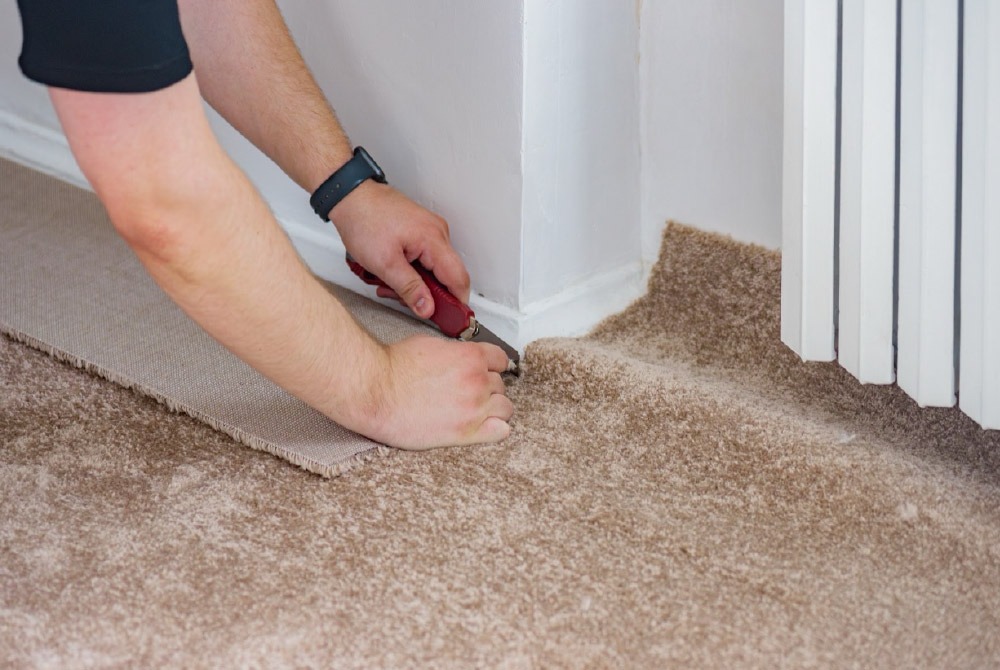
Still deciding between a DIY carpet install or bringing in a professional installer? Here’s a quick look at how they compare across key areas.
| Category | DIY Carpet Installation | Professional Carpet Installation |
|---|---|---|
| Cost | Lower overall cost, especially if you own tools | Higher due to labor fees, but includes expert service |
| Tools and Equipment | Must rent or buy specialty tools like a power stretcher | All tools are included with the service |
| Skill Level Needed | Moderate to high, depending on room size and layout | No skill needed, you leave it to the experts |
| Time Investment | High. Could take a day or two for one room | Low. Most jobs are done within hours |
| Risk of Mistakes | Moderate to high without experience | Low. Professionals ensure a flawless installation |
| Warranty Protection | May be voided if not installed by a certified professional | Typically includes a warranty on both materials and labor |
| Final Appearance | Depends on your experience with carpet installation | Clean, tight, and professional-grade finish |
| Flexibility | You can work at your own pace | Must schedule based on installer availability |
Both options have their place. If you enjoy hands-on work and want to cut labor costs, DIY installation could work well for a small space. But if you are working with expensive carpet flooring, or want a fast, reliable result, professional installation is often worth the extra cost.
Choosing between DIY and professional carpet installation really comes down to your needs, your budget, and how confident you are with tools.
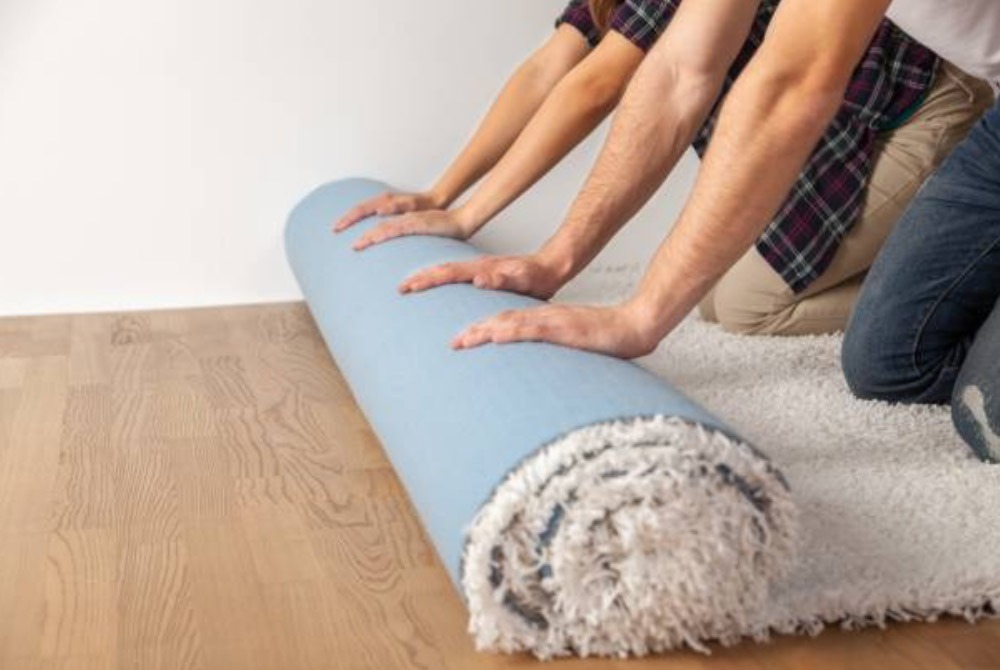

There is no wrong answer, just the one that fits your situation best. Whether you choose DIY or professional, the goal is the same: to install new carpet that looks great and feels even better under your feet.
Still not sure which option is right for your home? Contact our team to explore your installation options or get a free quote.
Before you grab your tools or schedule an installer, here are a few tips to make sure the job goes as smoothly as possible.
Remove all furniture before you start. Whether you're doing the work yourself or bringing in an installation team, clearing the space makes everything faster and easier.
Before installing new carpet, make sure the floor underneath is clean, dry, and level. A damaged or uneven subfloor can ruin your results, no matter how skilled the installer is.
Carpet padding is just as important as the carpet itself. It adds comfort, extends the life of the carpet, and helps with insulation. Make sure you’re using a high-quality pad that matches the type of carpet you’ve chosen.
If you decide to go the DIY route, don’t skip the necessary tools. Renting a power stretcher, knee kicker, and seam iron is much cheaper than buying, and they’re essential for a clean result.
If you’re leaning toward professional installation, ask what’s included in the service, and check on warranties on the work.

It can be, especially if you are working with a small space and want to save on labor costs. A DIY carpet installation allows you to control the pace and budget, but it does require the right tools and some hands-on skill. If done correctly, the savings can be significant.
Yes, but it depends on your skill level and the type of space. Simple, square rooms with no stairs or tricky corners are more beginner-friendly. Larger areas or complex layouts are best left to a professional carpet installer.
You can, but you will need tools like a power stretcher, knee kicker, and seam iron to get a tight fit. Without these, the carpet might loosen over time or develop wrinkles. Fitting carpet properly takes time, patience, and accuracy.
Both options have their advantages. DIY installation is ideal for budget-conscious homeowners with smaller jobs like a closet who are comfortable with tools. Professional installation offers speed, precision, and often includes a warranty, making it a better fit for complex or high-traffic spaces.
Yes. Many manufacturers require that a professional installer complete the job for the carpet warranty to remain valid. Always check with the brand and your sales representative before starting a DIY install.